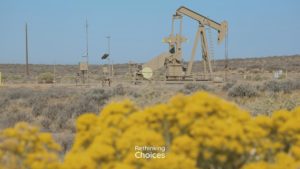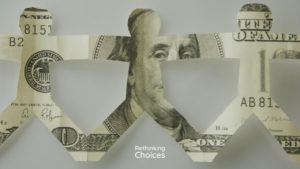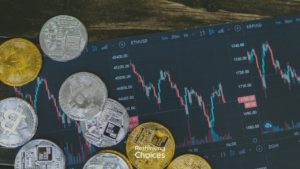We forget how much net-zero is totally reliant on a bull-market continuing.
McKinsey estimated at the start of the year net-zero would cost $275 trillion by 2050. This is an average of $9.2 trillion a year. This is not valuation growth but is real money taken out of savings and investments and spent.
We did a naive estimate of what it means with global investment assets totalling $120 trillion. With only $120 trillion, we need to make money while we spend money in order to spend more than twice that. This came to needing 7% return every year until 2050, and it leaves us with nothing left in our pensions and savings pots at the end.
At the beginning of the year, when McKinsey came out with their report, the 60-40 portfolio had been making an impressive and steady 10.6% a year since 2010. We were comfortably normalised to believe 7% return each year for the next thirty years is no biggie.
Now the picture looks quite different. Inflation has not been this high globally for 40 years. The financial markets have turned, and the 60-40 portfolio is now down 16% on the year. We have lost $20 trillion in our collective pensions and savings and now need 9.2% return a year to pay for net-zero. Net-zero is now much less certain.
The inflation that is seen everywhere is a reflection of needing to build a new decarbonised future while still keeping an fully carbon-dependent present going. Climate change is already damaging crop production around the world, and decarbonisation is not an option. However, we still need to eat and live while we do it and giving up on that is also not an option.
Oil prices were already reflected this before the Ukraine war. The July WTI contract price rose steadily from $76.08 a barrel at the start of 2022 to $91.07 just before the war began. The price today is $120.72. If it had kept the same pace as before the war broke out, it would be another $10 higher. This reflects our growth expectations being damaged by the war.
Today’s inflation is not going to be controlled easily. Decarbonisation and net-zero are creating an incessant demand for all resources from raw commodities to skills and labour and is putting pressure on logistic chains and everything else you can think of.
The danger is we push on net-zero so hard that we actually make climate change and inflation worse. Each of these things on their own have the potential to bankrupt our economy. Together, they become our worst nightmare.
If we lose more money, net-zero will go out of the window. The pushback on ESG at the moment is actually because people are not making money from it. One of the largest oil producers, Chevron, is up 46% on the year while one of the most well-known electric vehicle and battery producers, Tesla, is down 46%. ESG is not providing the superior returns it promised. It is becoming a liability. In the current mood of ESG bashing, managers risk being sued for breaching return expectations.
The fact is, we need both Teslas and Chevrons. We are not going to manage the decarbonisation transition without something new and radical that effectively brings the Teslas and the Chevrons together. Sustainability is not about doing good, it is about leaving room at the table. That is what our Transformational Ownership proposal does.
Transformational Ownership calls on all businesses to pay a fee out of the money everyone has already spent for maintaining the planet, so we can publicly take over all the oil, gas, and coal companies and put production under climate science guidance. This is the only way to provide a schedule for the amount of oil, gas, and coal we can expect over the whole decarbonisation transition. We can all adjust knowing what will be available. It forces us to recognise there is a limit to our resources.
The win-win fantasy for net-zero is rapidly fading. Decarbonisation involves hard choices. That is what inflation is telling us.



